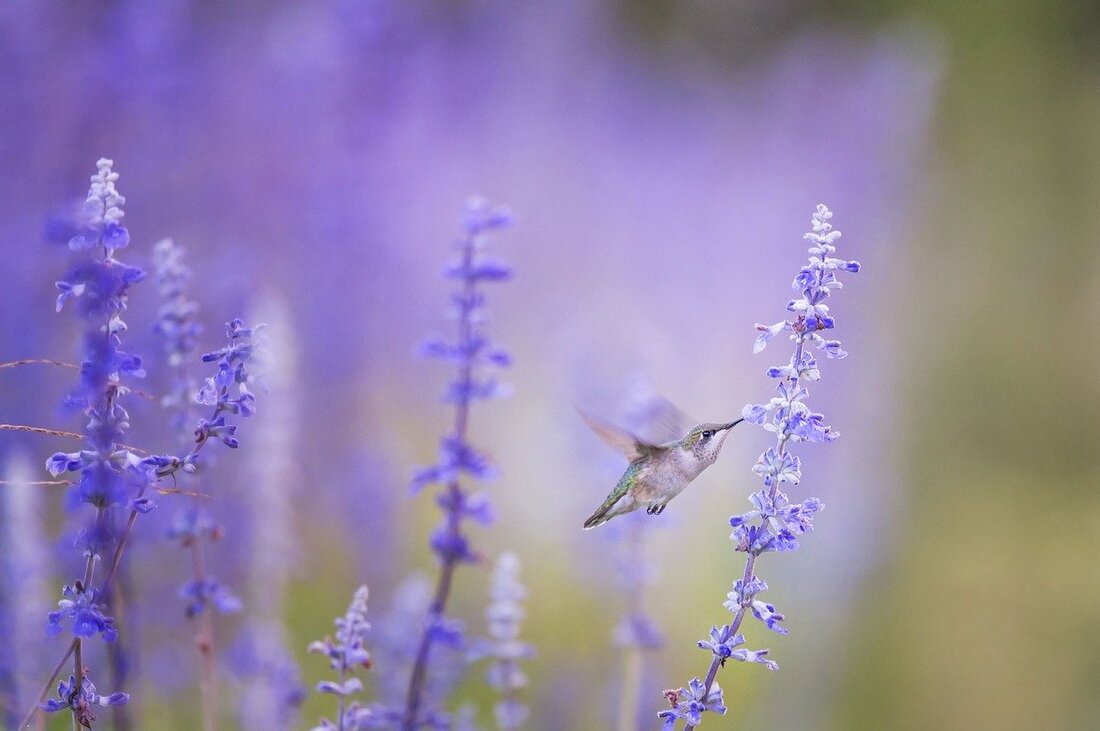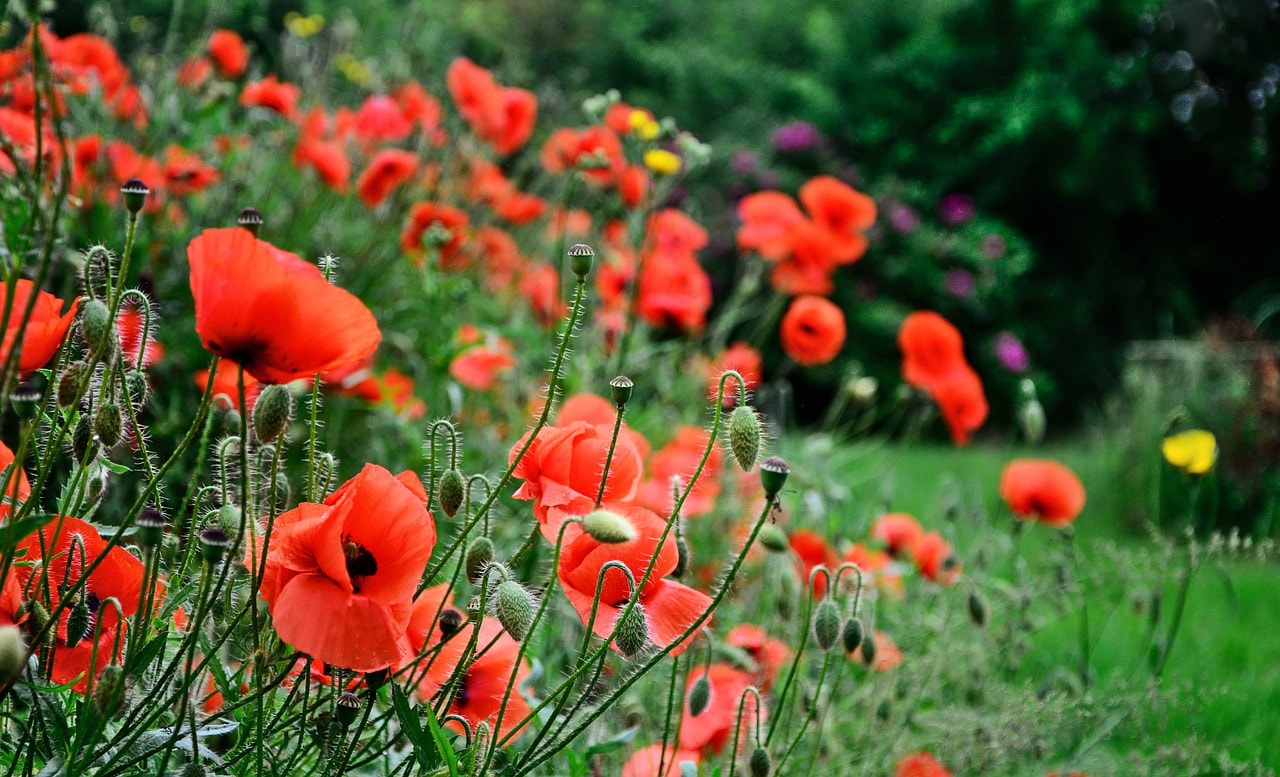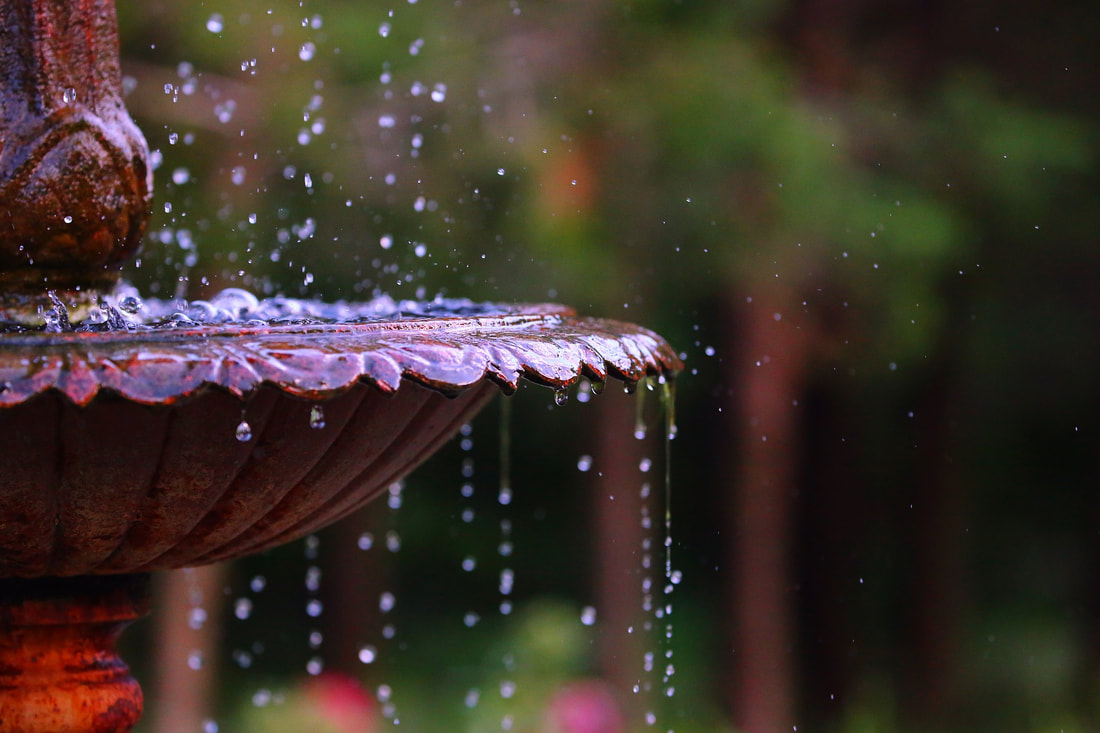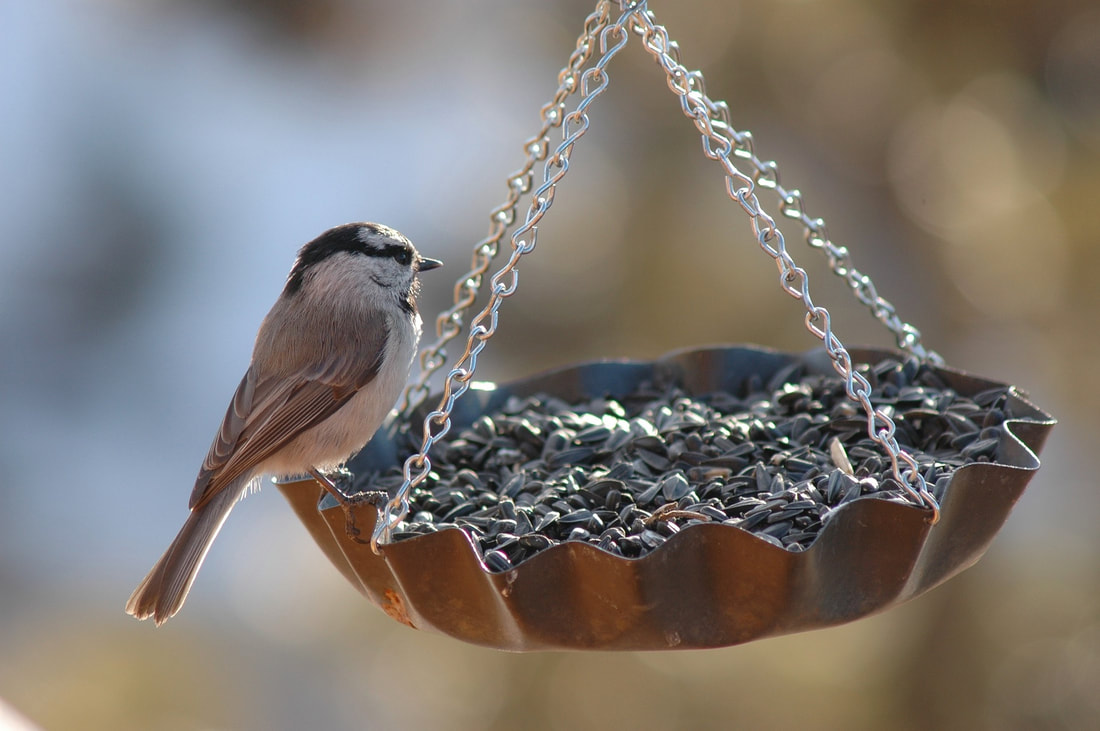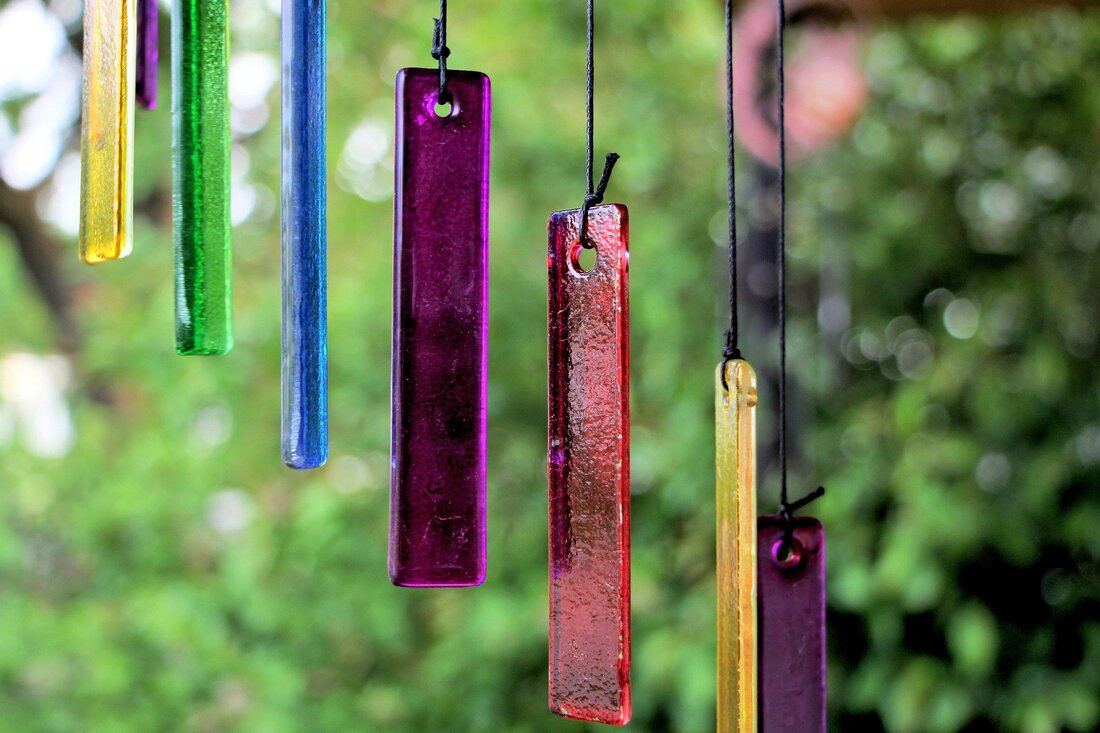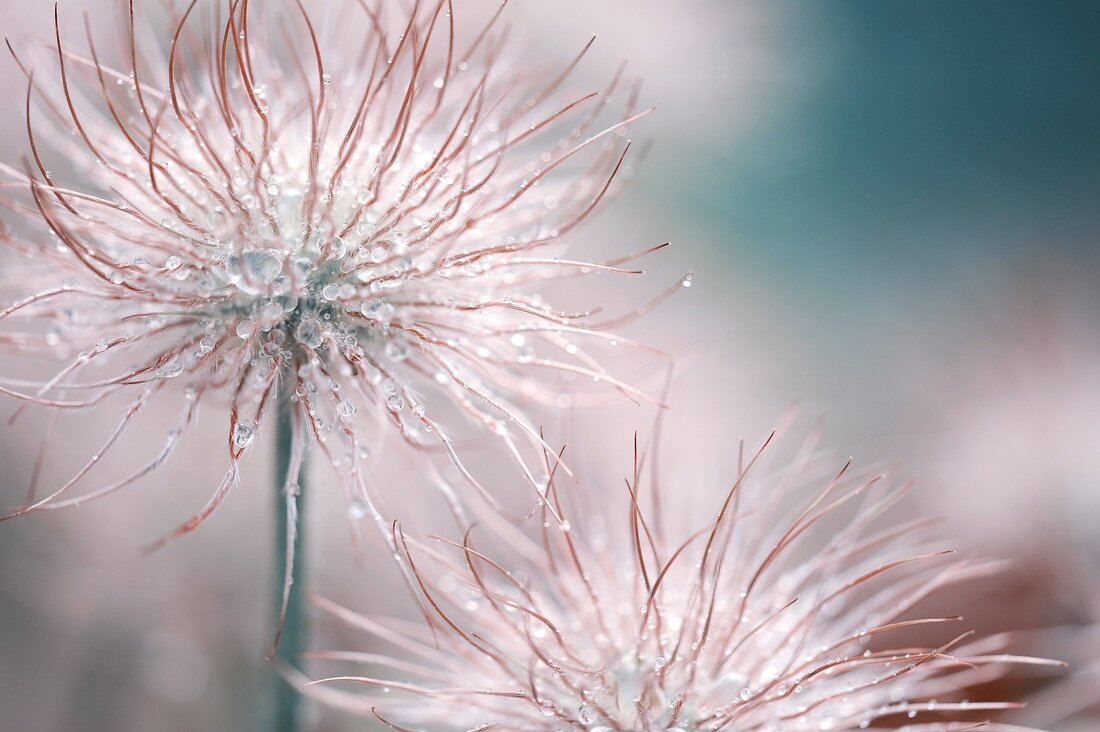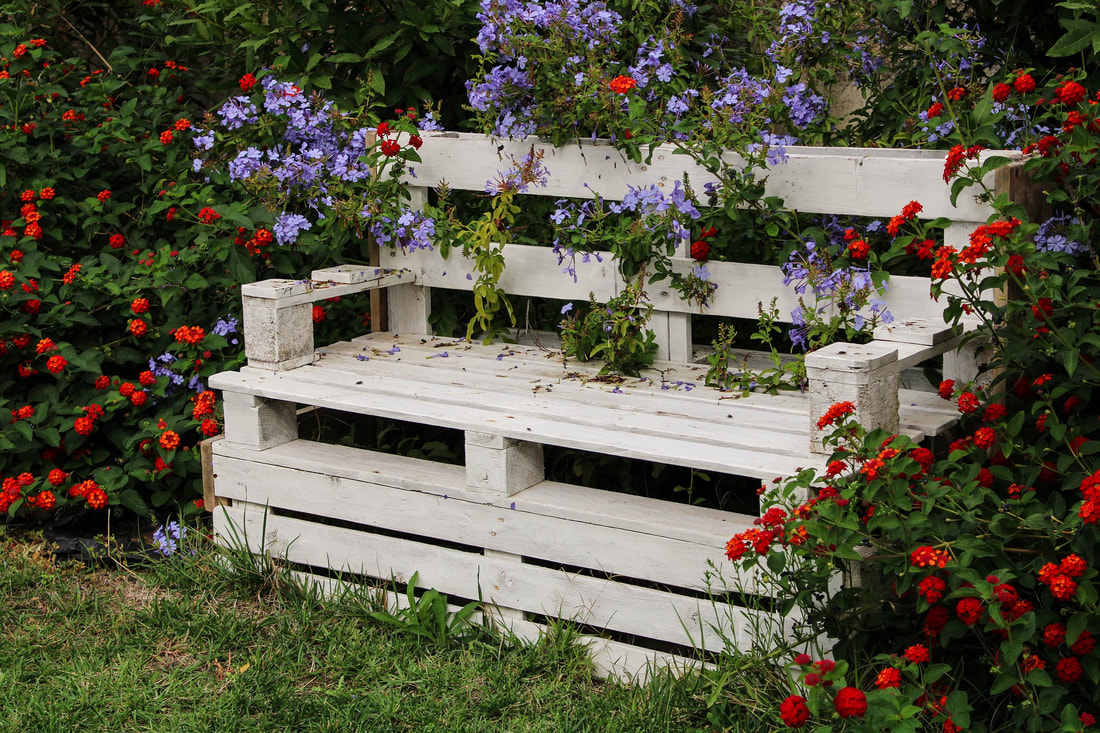How to Grow a Sensory Garden
What is a Sensory Garden?
Traditional flower gardens are designed to stimulate the sense of sight and smell, but sensory gardens stimulate all the senses. While both promote relaxation and reduce stress, the sensory garden provides a deeper sense of well-being and appreciation of nature. Sensory gardens provide sensory input through all five senses, boosting the health benefits of nature.
A sensory garden brings the wonders of nature into your own backyard and provides an oasis of sound, color, fragrance and texture to wash away the stress of your day.
Although many sensory gardens encompass a large area, there are no rules that govern their size. A backyard sensory garden can be tucked into a small nook or even be planted in containers and placed on the deck or in window boxes. Whatever size you have available can be used to create a sensory garden.
A sensory garden brings the wonders of nature into your own backyard and provides an oasis of sound, color, fragrance and texture to wash away the stress of your day.
Although many sensory gardens encompass a large area, there are no rules that govern their size. A backyard sensory garden can be tucked into a small nook or even be planted in containers and placed on the deck or in window boxes. Whatever size you have available can be used to create a sensory garden.
Designing and Planning a Sensory Garden
Before you begin, think about the overall effect you want your sensory garden to have. Cool colors, relaxing fragrances and melodic sounds of water create a space for relaxation, while hot colors mixed with spicy, uplifting fragrance and lively sounds create an invigorating and energizing garden. Which is right for you depends on personal preference.
Make Your Sensory Garden Visually Appealing
There is more to a visually-appealing garden than the colors you choose. Variety in the size and shape of the flowers, foliage and overall plant shape is also important. But color does have a big impact on how you will feel in your sensory garden. Keep these tips in mind when choosing the color of your flowers and plants.
Hot or Warm Colors: Hot or warm colors create excitement and set an invigorating mood. Choose reds, oranges and yellows to enliven the garden.
Sunflowers, marigolds, zinnias, nasturtiums and geraniums add brilliant color, and provide variation in size and shape as well. Look for a selection in varying heights to add depth to the garden.
Sunflowers, marigolds, zinnias, nasturtiums and geraniums add brilliant color, and provide variation in size and shape as well. Look for a selection in varying heights to add depth to the garden.
Cool Colors: Cool colors promote relaxation and create a peaceful atmosphere. Choose greens, blues, pinks and purples to create a soft flush of color.
Purple coneflowers, bachelor's buttons, pansies, irises, violets and many herbs, like thyme, oregano and chives add cool color to the garden.
Purple coneflowers, bachelor's buttons, pansies, irises, violets and many herbs, like thyme, oregano and chives add cool color to the garden.
Add Fragrance to Your Sensory Garden
Add flowers and herbs with fragrant blooms, like roses, nasturtiums, night-blooming jasmine, sweet peas and petunias. Don't overlook blooming shrubs like lilacs and honeysuckle.
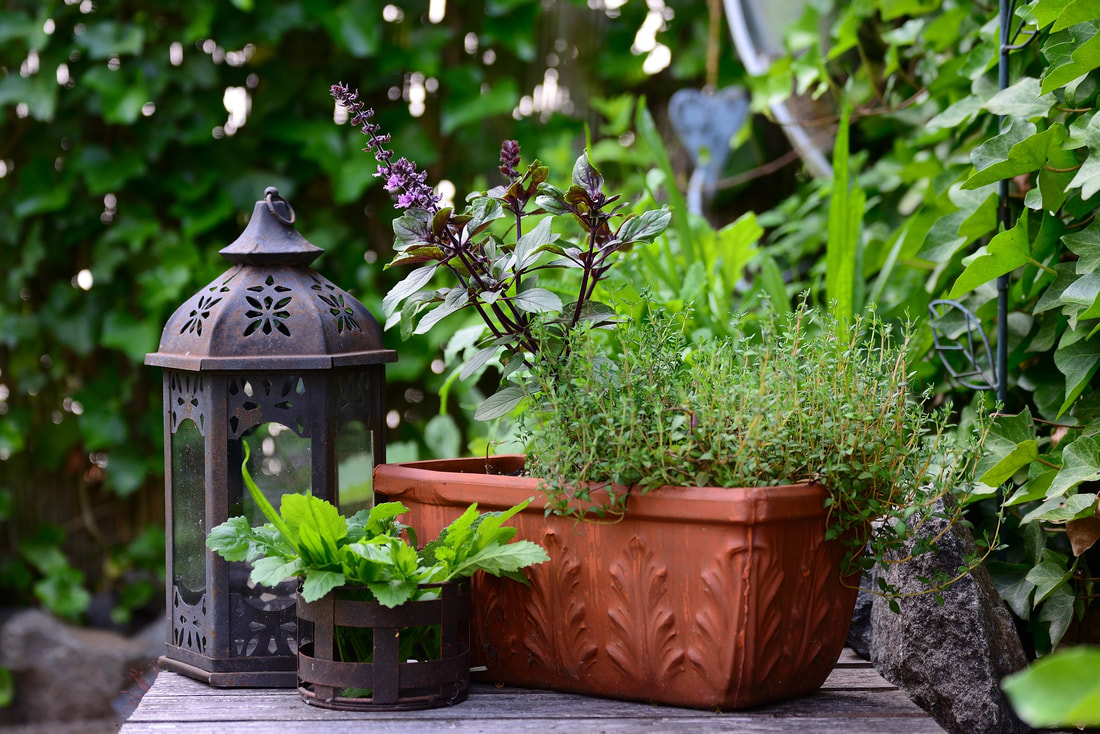
Line walkways or seating areas with scented geraniums, mint or thyme to release scent when the foliage is disturbed.
Add Edibles to Your Sensory Garden
Add berry plants or fruiting trees, or fill containers with bright cherry tomatoes and peppers to tempt visitors as they wander through your garden.
Choose herbs that provide a variety or flavors that can be touched and tasted by curious visitors. A variety of mints, oregano, chives, lemon balm and sweet basil provide a burst of fragrance when brushed and can be nibbled for an unexpected burst of flavor.
Add Sound to Your Sensory Garden
Include a water feature in your garden. This creates movement and adds natural sound to the garden. Water features range from simple birdbaths to miniature ponds and elaborate fountains.
Keep in mind the atmosphere you wish to create, matching water features to the theme to set the mood for your garden.
Trickling water or graceful fish swimming lazily in miniature ponds promote relaxation, while tumbling fountains and waterfalls add excitement.
Keep in mind the atmosphere you wish to create, matching water features to the theme to set the mood for your garden.
Trickling water or graceful fish swimming lazily in miniature ponds promote relaxation, while tumbling fountains and waterfalls add excitement.
Add birdfeeders to the garden. This adds movement, sound and visual stimuli to the garden. Songbirds enhance the natural elements of a sensory garden with their bright colors and cheerful songs. Hummingbirds and butterflies add excitement to the garden as they create a flash of color as they search for nectar.
Add wind chimes to breezy areas to create background sounds. Use care when selecting chimes and avoid those that produce tinny or harsh sounds. Natural bamboo creates soothing music in a gentle breeze, while pipe chimes often create soft, melodic music on summer nights.
Add Texture to Your Sensory Garden
Combine flowers and plants with varying textures. Think soft and silky leaves paired with spiky grasses. Add feathery ferns, waxy begonias and delicate bleeding hearts in shaded areas. Think lambs ears, dusty miller and fountain grass to add soft texture that pleases the touch.
Include textured surfaces, like moss-covered rocks or a seashell path, throughout the garden. Think smooth marble fountains and trees with rough bark to create contrast in texture.
Add Seating to Your Sensory Garden
Comfortable seating is a must in your sensory garden as it encourages guests to stop and enjoy a bit of nature. Garden benches, large stones or fallen logs add to the appeal or the garden and provide an area to rest and relax. Consider the comfort of garden visitors when choosing seating.
